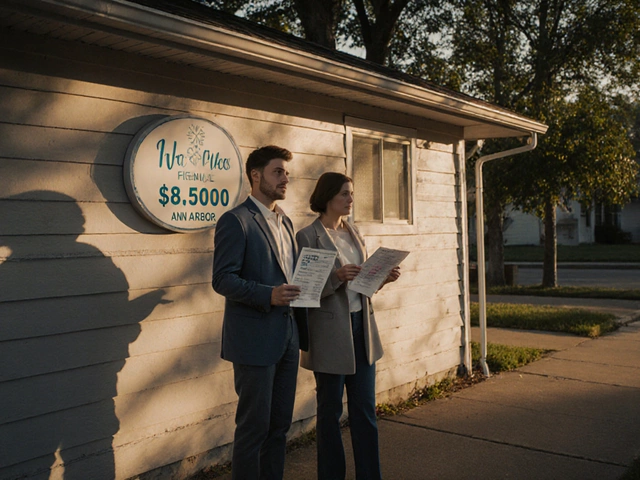Pancreatic Cancer – What You Need to Know Right Now
Pancreatic cancer is one of the toughest cancers to catch early, especially in India where awareness is still growing. It starts in the pancreas, a small organ behind the stomach that helps digest food and control blood sugar. Because the organ sits deep, tumors often grow unnoticed until they cause problems.
If you catch it early, treatment works better, so knowing the red flags can save lives. Below we break down the most common signs, the biggest risk factors, and what the latest treatments look like. No jargon, just clear facts you can act on.
Common Signs You Shouldn't Ignore
Most people think pancreatic cancer only shows up with severe pain, but the early clues are often mild. Look out for unexplained weight loss of more than 5 % in a few weeks, a constant feeling of fullness after eating a little, or new‑onset diabetes.
Upper‑abdominal pain that radiates to the back, especially after meals, is another warning sign. Some patients notice yellowing of the skin or eyes, known as jaundice, because the tumor blocks the bile duct. If you develop any of these symptoms and they don’t go away, talk to a doctor right away.
Risk Factors and How to Lower Them
Age is a big factor—most cases happen after 60. Smoking doubles the risk, so quitting is one of the most effective steps you can take. Chronic pancreatitis, often caused by heavy alcohol use, also raises the odds.
Family history matters. If a close relative had pancreatic cancer, you’re at higher risk and should get screened sooner. Obesity and a high‑fat diet add to the danger, so focusing on balanced meals, regular exercise, and maintaining a healthy weight can cut your risk.
Diabetes, especially when it appears suddenly in older adults, can be both a symptom and a risk factor. Managing blood sugar levels with diet, meds, and regular check‑ups is crucial.
When you’ve identified a risk, the next step is screening. In India, high‑risk individuals may get an endoscopic ultrasound (EUS) or MRI. These tests can spot tiny tumors that other scans miss.
Once a tumor is found, doctors decide the best treatment plan based on size, location, and whether the cancer has spread. Surgery offers the best chance of cure, but only about 20 % of patients qualify for it.
For those who can’t have surgery, chemotherapy and radiation help shrink the tumor and relieve symptoms. Newer options like targeted therapy and immunotherapy are being tested in Indian clinical trials and show promise for certain genetic profiles.
Medical tourism is a growing trend for pancreatic cancer treatment. Countries like Thailand and Singapore have JCI‑accredited hospitals offering advanced surgery and post‑op care at lower costs. If you consider traveling, check the hospital’s success rates and ask for a detailed cost breakdown.
After treatment, regular follow‑up is essential. Blood tests for tumor markers, imaging, and lifestyle tweaks keep the disease in check. Staying active, eating a diet rich in fruits, vegetables, and lean protein, and avoiding smoking and excess alcohol improve recovery chances.
Bottom line: pancreatic cancer is scary, but knowing the signs, managing risk factors, and acting fast can make a big difference. If anything in this article feels relevant to you or a loved one, schedule a doctor’s visit today. Early talk, early test, early action—that’s the smartest move you can make.






